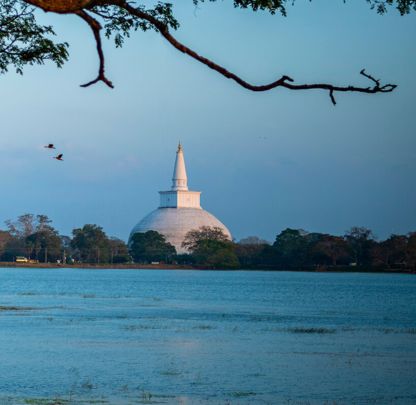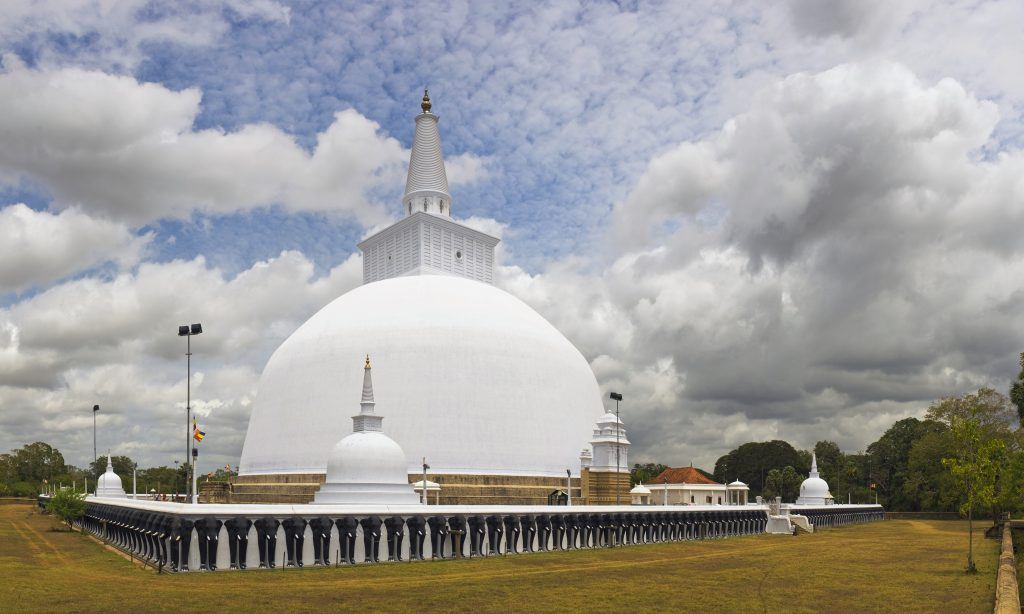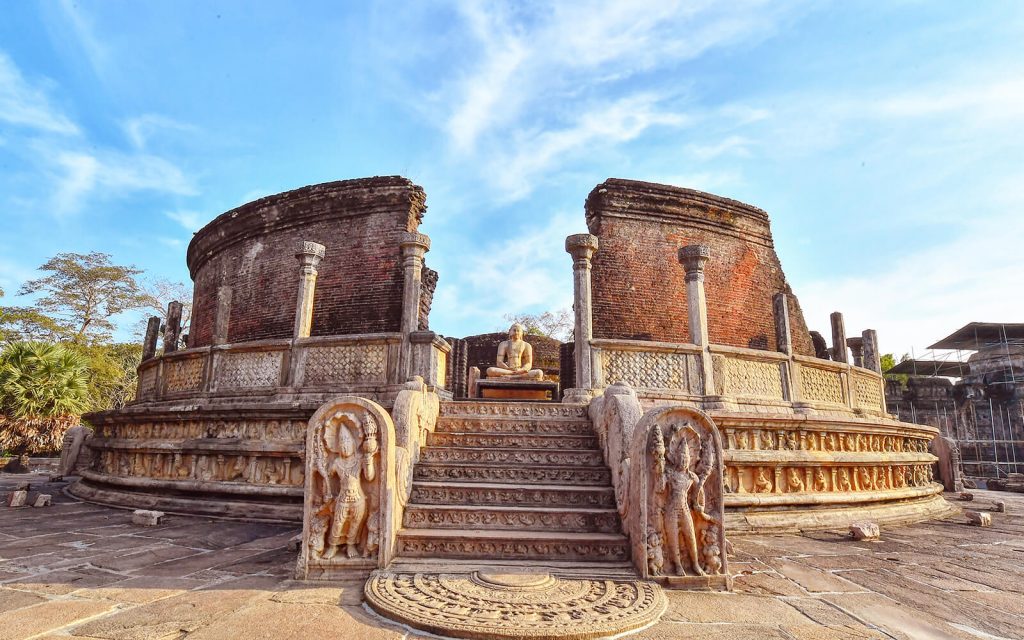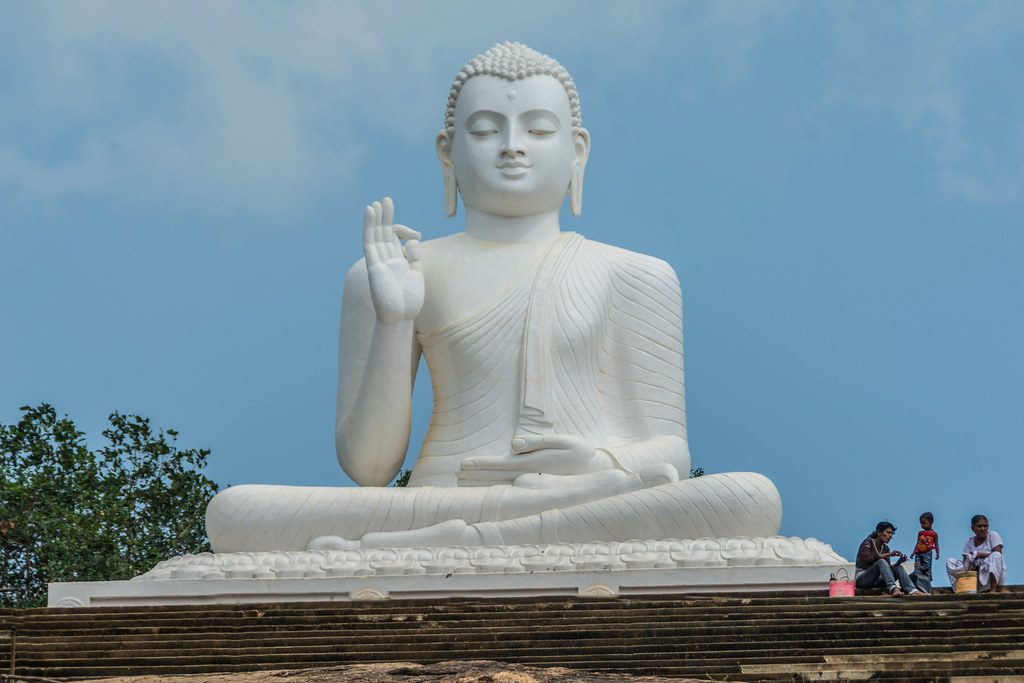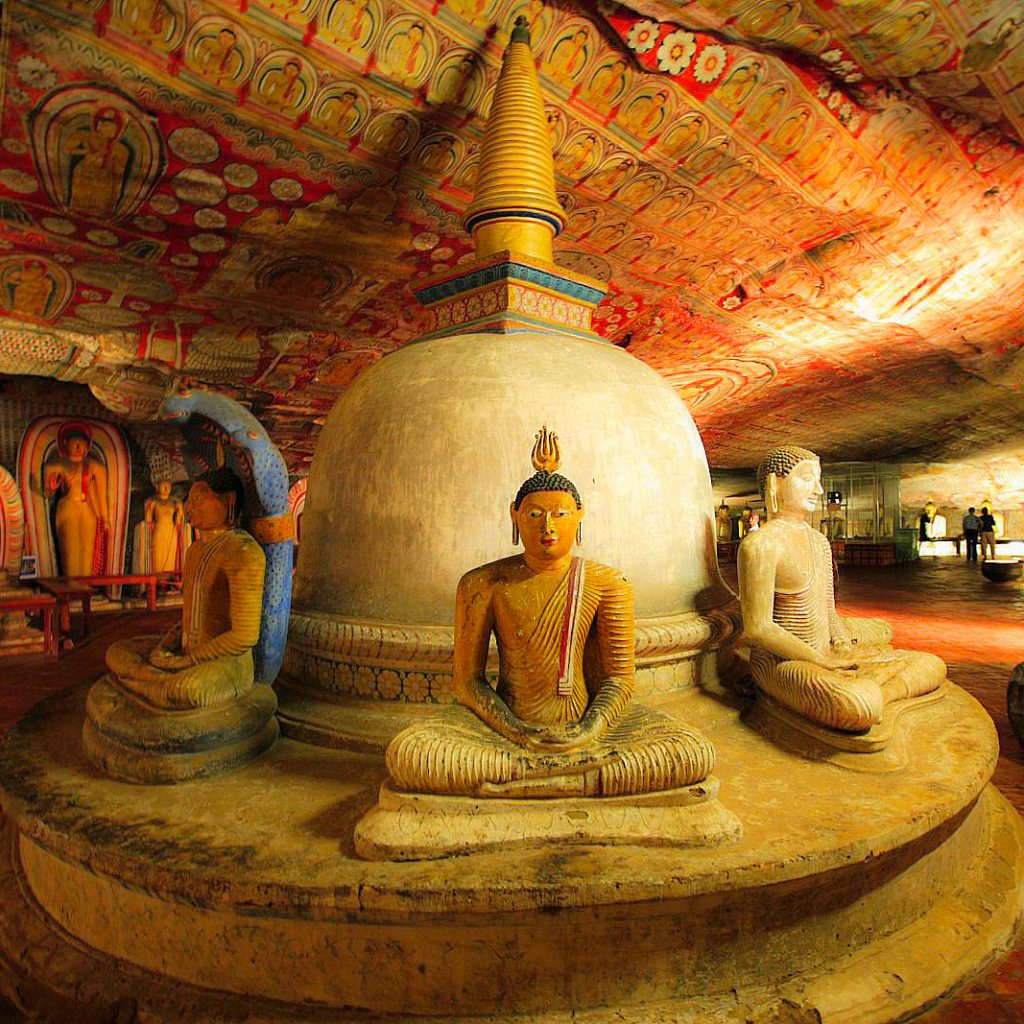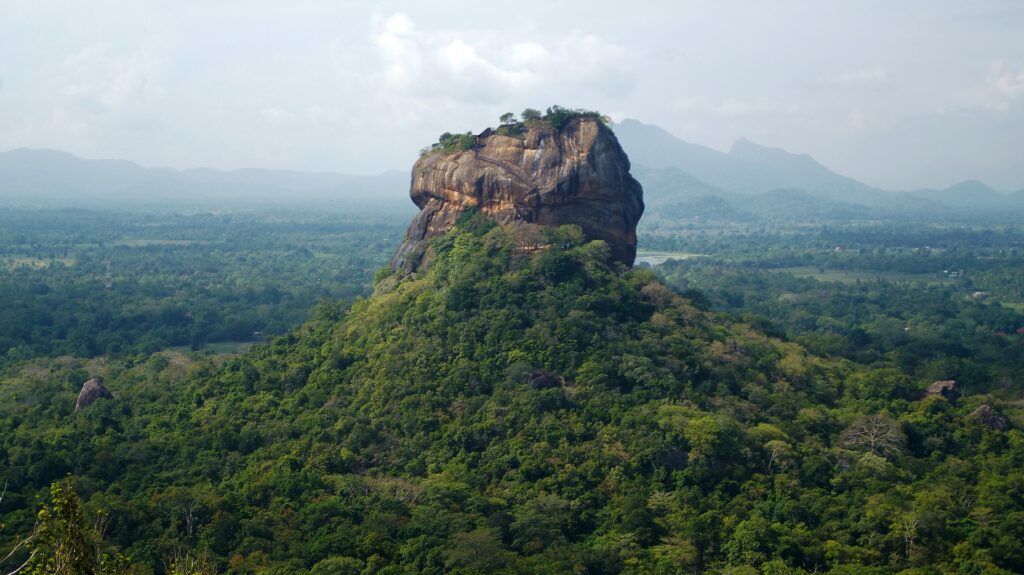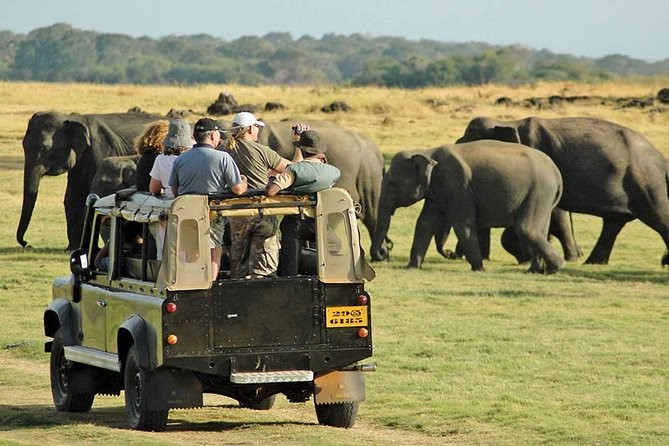While Sri Lanka is indeed an amazing holiday destination for those looking to explore beaches and scenic views of the hill country, don’t miss out on the collection of historical and cultural wonders that are well worth a closer look.
Introduction
Sri Lanka’s cultural triangle is between Anuradhapura, Polonnaruwa and Dambulla, inclusive of everything in between. These cities are located in the center of the island and are easily accessible by road from popular destinations such as Colombo, Kandy, Nuwara Eliya, Trincomalee and Galle. A short internal transfer via an air taxi service can get you there faster if you are short on time.
A wealth of history and religious sites are waiting to be explored within the ancient cities of Anuradhapura and Polonnaruwa, with the Cave Temples in Dambulla making up the third point to close the triangle. The iconic Lion’s Rock in Sigiriya is also located within the triangle along with the national parks of Kaudulla and Minneriya.
The three cities in this triangle can easily be accommodated into different Sri Lanka tour itineraries. You can start off on the east coast by air and then head inland by road – starting with the triangle and then incorporating Kandy, Nuwara Eliya and Yala into the tour of Sri Lanka. Alternatively, you could begin the tour with the triangle and then move on to the southwest coast of Galle and Bentota for a few nights.
Places to visit
Anuradhapura
During the 4th Century, King Pandukabhaya made Anuradhapura the capital for the Sinhalese people in Sri Lanka. Soon, the city bloomed into a wealthy hotspot in Asia with monastic complexes, hundreds of temples and a cleverly strategized irrigation system. The main trio of Dagobas in Anuradhapura were big enough to be compared to the pyramids in Giza! The sprawling site of Anuradhapura amazes many – from temples to dagobas and monasteries! More monuments lie in ruins with the tropical evergreen forests creeping in between the columns and Buddha statues. Most of the ruins have been restored and are still in use you will observe – monks robed in orange and pilgrims dressed in white, protesting in front of dagobas.
Polonnaruwa
Polonnaruwa, was previously known as Rajarata – the Land of Kings, and is now part of the Cultural Triangle. In 933 AD, the capital was moved to nearby Polonnaruwa, after the South Indians took over Anuradhapura. Most of the temples, monasteries and palaces in Polonnaruwa are still in explorable condition. Finely carved moonstones, and slabs of rocks shaped in half-moons and illustrated with elephants and lions are some iconic ruins that mark the entrances of temples. Stone water tanks that were part of the irrigation system back then still have water in them and is used for bathing and for religious ceremonies.
Mihintale
Mihintale is a nearby Buddhist pilgrimage site – a mountainous outcrop worshipped as the spot where Buddhism was first introduced to Sri Lanka. The climb to the top is long and steep, but the remnants of statues, stupas, as well as the stunning surrounding view makes the climb worth it.
Dambulla Cave Temples
The Dambulla Cave Temples are another highlight of the Cultural Triangle – a series of cave temples that became a sanctuary for King Valagamba when he was forced to flee. These caves then became a royal place of worship and were detailed with murals and statues. 364 steps will take you to the top, and during the climb, don’t be surprised to be followed by a few opportunistic monkeys!
Sigiriya Rock Fortress
One of the most popular tourist attractions in Sri Lanka is the Lion’s Rock in Sigiriya – a huge rock prominently highlighted from the surrounding forest plains, looking like a giant tooth, crowned with remnants of the royal palace from King Kassapa’s Kingdom. En-route the 120 steps to the summit, you will pass a wall scratched with graffiti as well as some beautifully painted frescoes. Closer to the palace entrance is the giant stone paws of a lion, which leads to the final stretch of the climb, taking you to breathtaking views across the plains.
National Parks
- Minneriya National Park
- Kaudulla National Park
- Eco Park
Each of these National Parks offer a welcoming change from exploring temples and other Buddhist ruins. A guided jeep safari will take you through the tropical forest, wetlands and grasslands where you can observe to see the deer, monkeys, fish eagles, elephants and crocodiles. Leopards and sloth bears are often hidden behind the dense foliage and are visible if you are lucky. Minneriya National Park is in known to have the largest gathering of elephants in the world – a sight not to be missed!
Best time to visit the Cultural Triangle
For a tropical island like Sri Lanka, the weather patterns are almost always holiday friendly. It is best to discuss with our team of travel consultants on the weather concerns during your Sri Lanka tour itinerary. In general, the best time to visit the Cultural Triangle is from December to March as the heat is not so bad and rainfall is at its lowest.
Plan your accessible visit to Sri Lanka’s Cultural Triangle
Get in touch with our team at Blue Lanka Tours to plan your Sri Lanka tour with the inclusion of attractions in the Cultural Triangle. You can choose from our pre-designed cultural tour itinerary in Sri Lanka or we can customize your holiday as per your requirements.
While most of the above places involve climbing stairs, we can also advise alternatives for special visitors who require easy access. For example, we would advise to choose the Aluvihara Rock Temple as an alternative to the Dambulla Caves, as there are 13 caves at ground level, decorated with murals and statues. Instead of climbing up the Lion’s Rock, Sigiriya could involve a tour of the ground level Royal Gardens, which is a neatly landscaped area of terraces, pavilions, shrines and bathing pools.

